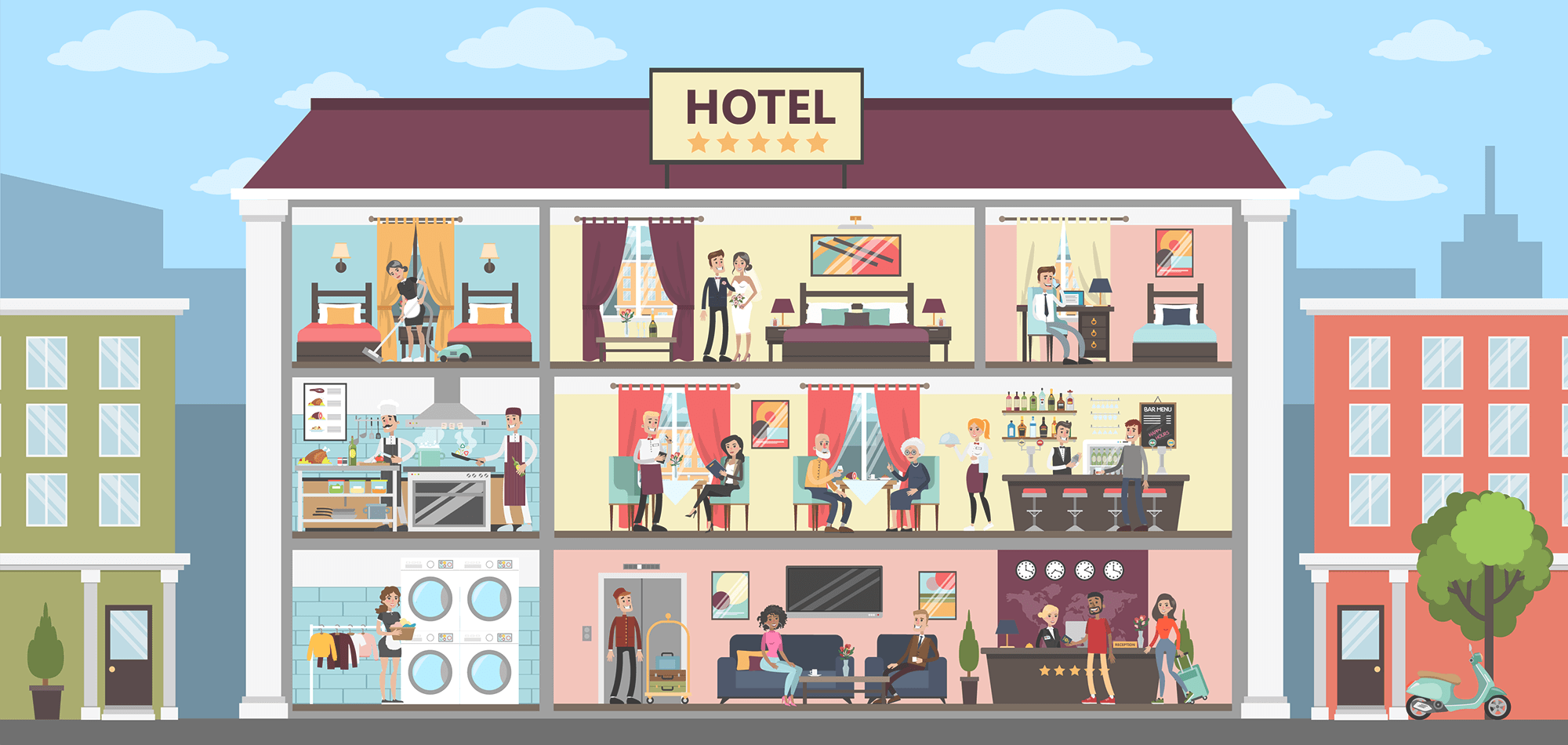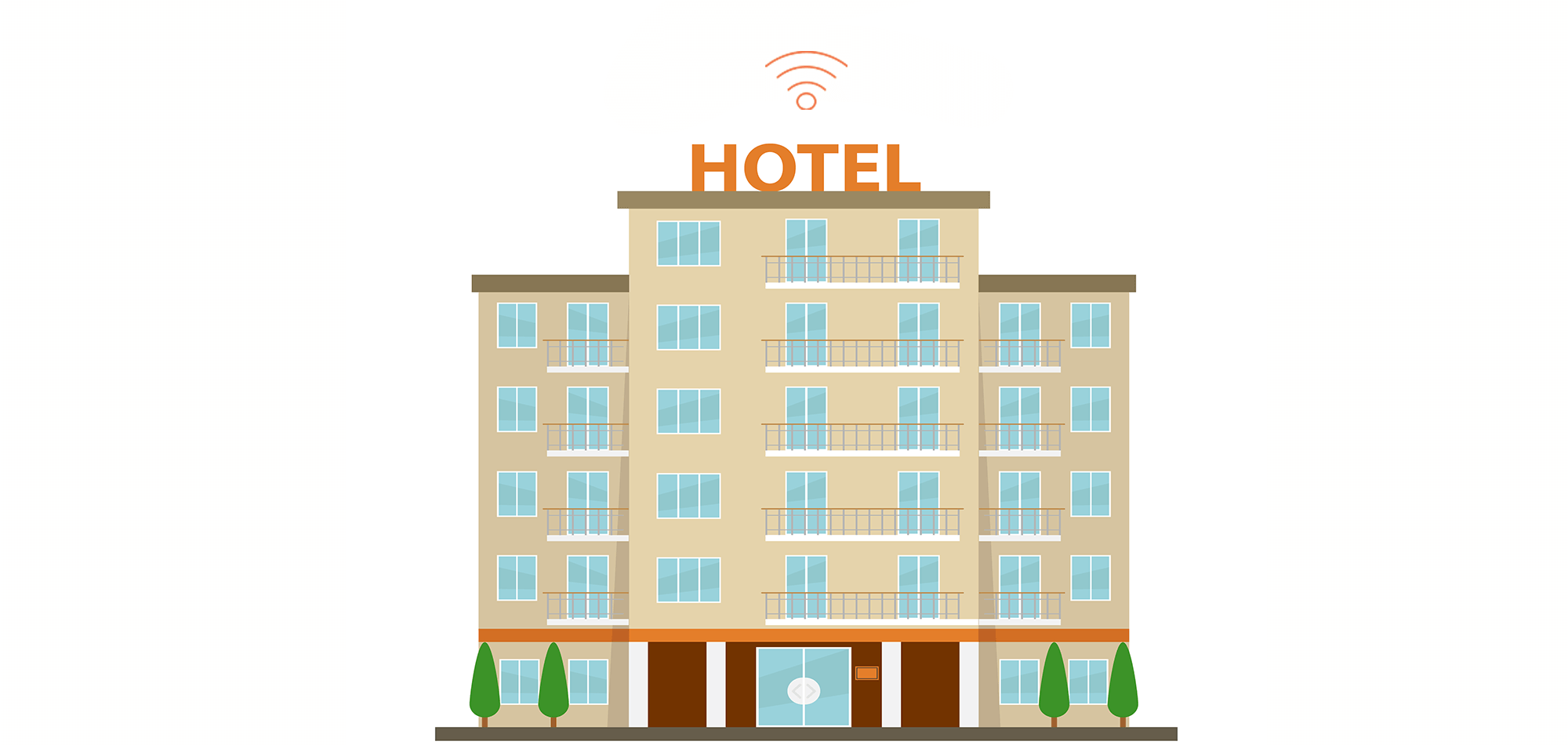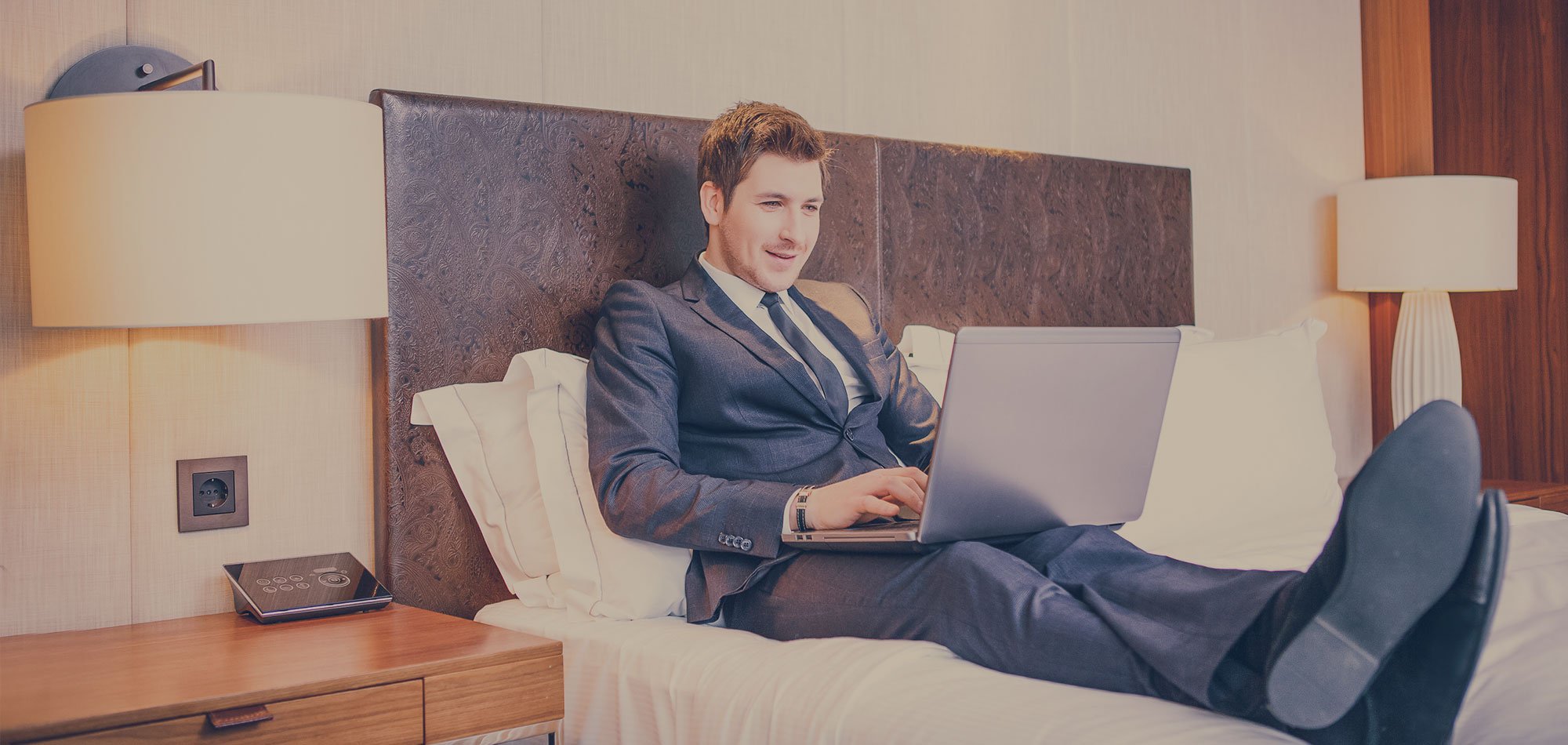Today’s hospitality approach is more customer-centric than ever, because most hotel and resort operators understand the negative impact that one bad Yelp or TripAdvisor review can have on customer retention and new business.
On the flip side, positive online reviews drive hospitality business. In a recent article from BigHospitality, "Over 25 percent of TripAdvisor users either stayed at hotels longer, spent more, or undertook more activities as a result of using the website."
While some hotels (according to a CNN travel article) have taken the unusual tack of fining guests for leaving negative reviews online—true story!—we wouldn’t recommend this route.)
When you consider the power of the consumer’s voice nowadays, it's no wonder that the main priority for hotel operators/management is to provide guest WiFi access.
But to really understand and address the growing need for reliable, secure WiFi at hotels and resorts, you also need to think outside the guest room.
There are many other designs that need to be done for various uses, locations, and mission-critical tasks throughout your property.
Here's a list of the different locations you’ll need to consider when planning your hotel WiFi design.
1. Guest rooms
Most people in the hospitality industry are well aware of surveys, like the one conducted recently by Hotels.com, revealing that WiFi is the #1 in-room amenity customers want when they stay in a hotel. (You can see the results in this article by the Huffington Post).
So, this has traditionally been the main priority, and it makes sense, because this is where guests spend the majority of their time. (Side note: beware any proposed design that places WiFi access points in the hallways.)
2. Outdoor areas
If a guest wants to snap and post a selfie at the pool with a cool drink in her hand, or a business traveler wants to get some work done on their laptop while also taking in some sun, they’ll be disappointed if there’s no WiFi signal out there.
For many resorts and hotels, it's becoming more common for guests to demand WiFi access in outdoor locations like pools and beach areas. And you might have staff using handheld devices, connected vending machines, or other IoT devices that require WiFi connectivity in these areas.
If you need outdoor WiFi access, that is a very different type of WiFi design than your guest rooms and you’ll need to plan accordingly to provide proper coverage and capacity for your end users.
3. Conference and event spaces
Many hotels and resorts rely on hosting large corporate events and retreats, and private events such as weddings and reunions. These spaces need to accommodate large numbers of people and even more devices and thus require a capacity design to properly support them.
4. Back office systems
Keeping your hospitality operations at their highest productivity levels requires many different cloud-based systems and mobile devices today.
Accounting software, guest management systems for check-in/check-out, and facilities management applications are being used across a variety of devices.
This requires a WiFi design to specifically address these areas and systems to ensure your staff members have the tools they need to manage your property and provide the highest level of service to your guests.
5. Surveillance cameras
The safety and security of your guests will always be a top priority for your hotel, not to mention protecting and monitoring the physical property.
WiFi connected surveillance cameras and systems need to be located strategically throughout various parts of your hotel/resort campus, and so again will need to be properly planned for to ensure they're fully operational at all times.
Note*—these types of systems could be located in both indoor and outdoor locations.
6. Various IoT devices
As more and more household items are coming online, more travelers who are used to Alexa and Nest responding to their questions and commands are bringing those same smart-home expectations with them when they check into a hotel.
Hence we’re seeing connected vending machines, HVAC systems, door locks, voice-activated concierge services, streaming services, electric blinds, mini-fridges, and more.
All of these IoT devices rely on a proper wireless network design to make sure they’re serving the guest and not creating easy entry points for malicious attacks on your network.
One Secure WiFi Architecture
While in-room guest WiFi is critical and the first place you should start, hospitality WiFi is about so much more. Your hotel WiFi solution should be one secure architecture that accounts and is specifically designed for the various types of locations discussed above.
There are so many benefits from this kind of all-encompassing hospitality WiFi design:
- consistent performance as guests and employees move throughout your property
- more efficient and productive (in other words, happier) staff
- less time and energy spent on troubleshooting WiFi problems
- a better guest experience, which in turn means...
- a stronger bottom line
Hospitality is all about making your guests feel welcome, happy, and safe. WiFi will continue to play a bigger and bigger role in that guest experience, so it’s critical to plan your hotel's WiFi network as one secure architecture to deliver the best results.






